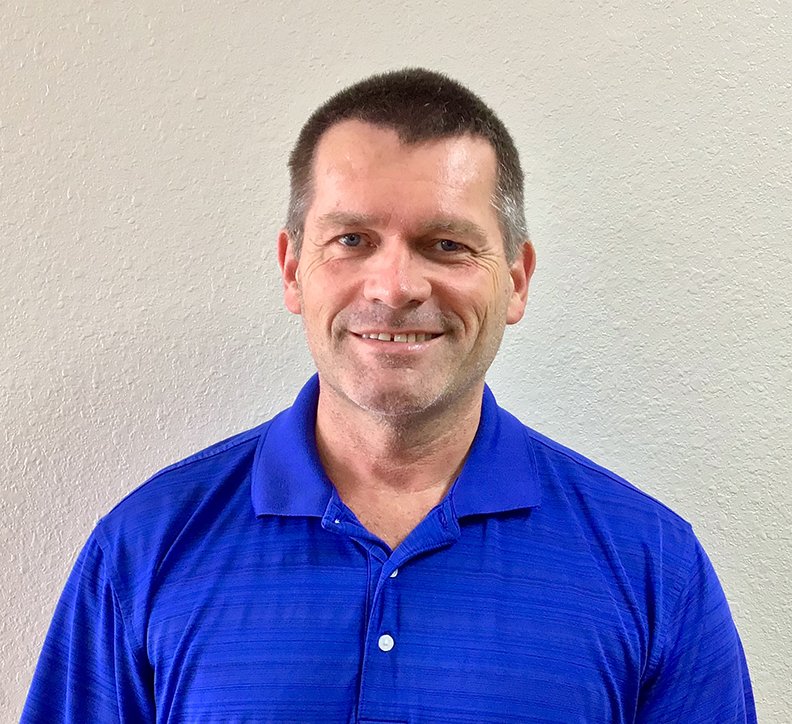What is Shoulder Impingement Syndrome?
Impingement syndrome is a common condition in adults, especially as people age. This condition is usually the result of chronic and repetitive compression or "impingement" of the rotator-cuff tendons in the shoulder, causing pain, weakness, and loss of motion in the shoulder. However, this condition can also be caused by an injury to the shoulder after a fall or other trauma, according to Rob Jordan, PT, of Joint Effort Physical Therapy.
The tendons of the rotator cuff muscles, which attach to the scapula (aka shoulder blade) and upper arm bone, travel under the bony ledge created by the acromion on the shoulder blade. The acromion is a bony prominence on the top of the shoulder blade, which can be felt as a bump at the tip of the shoulder.
"As you raise your arm above 90 degrees, the space between the tendons of the rotator cuff and the acromion decreases. This narrowing may cause the acromion to rub against and impinge upon structures such as the supraspinatus tendon and bursa, causing irritation and pain," Jordan says.
Leaving this condition untreated could lead to tearing the most commonly torn rotator cuff muscle, the supraspinatus. However, physical therapy can successfully treat shoulder impingement syndrome.
How can Joint Effort Physical Therapy help? The first visit with Jordan will start with an initial evaluation. His evaluation consists of various tests and measures depending on patient's tolerance, as well as inquiring about pain frequency and intensity. He also takes into consideration a patient's job duties and hobbies, evaluates their posture, and checks for any muscle imbalances or weakness that can occur between the shoulder and the scapular muscles. His initial evaluation is designed to create an individualized treatment plan that is unique to each individual's needs and goals.
Individualized treatment could consist of a variety of the following:
• Pain Management -- Joint Effort Physical Therapy offers a variety of modalities ranging from traditionally effective machines to new state-of-the-art equipment. Some of the more traditional methods include e-stim (aka electrical stimulation or TENS) and ice, ultrasound, or iontophoresis patches (if prescribed by a doctor). Its newest technology is a grade 4 laser that effectively and quickly reduces pain and inflammation.
• Manual Therapy -- Depending on each individual's tolerance and needs, therapists utilize various manual techniques such as gentle joint movements, soft tissue mobilizations and stretches to get the shoulder moving properly. Restoring proper movement of the shoulder helps to decompress the tendon or bursa that is being pinched. Dry needling is another form of manual therapy Joint Effort Physical Therapy offers. It is a technique in which a few very small needles are inserted into the area of impingement without any use of medication. The needles themselves help stimulate the body's own natural healing response and help ease pain.
• Therapeutic Exercise -- The exercise routine varies between patient's depending on their specific needs. However, often with shoulder impingement syndrome, the head of the humerus tends to drift forward and upward due to the weakness in the rotator-cuff muscles. Therefore, strengthening the rotator-cuff and scapular muscles helps position the head of the humerus bone down and back to ease the impingement. In addition to strengthening the back of the shoulder, it is important to stretch the muscles in the front of the shoulder.
• Patient Education -- Learning proper posture is an important part of rehabilitation for shoulder impingement. For example, when the shoulders roll forward as a person leans over a computer, the tendons in the front of the shoulder can become impinged. The physical therapist will work with the patient to help improve their posture and may suggest adjustments to their workstation and work habits.
"Contact Joint Effort Physical Therapy to see how we can help you Feel Better, Move Better, Live Better. Most insurances are accepted here and do not require a physician referral. We also offer cash pay options as well."
Call 501-781-2701 to schedule an evaluation today. For more information, visit http://www.jephysicaltherapy.com or follow @JEPhysicalTherapy on Facebook.
Business on 09/09/2019